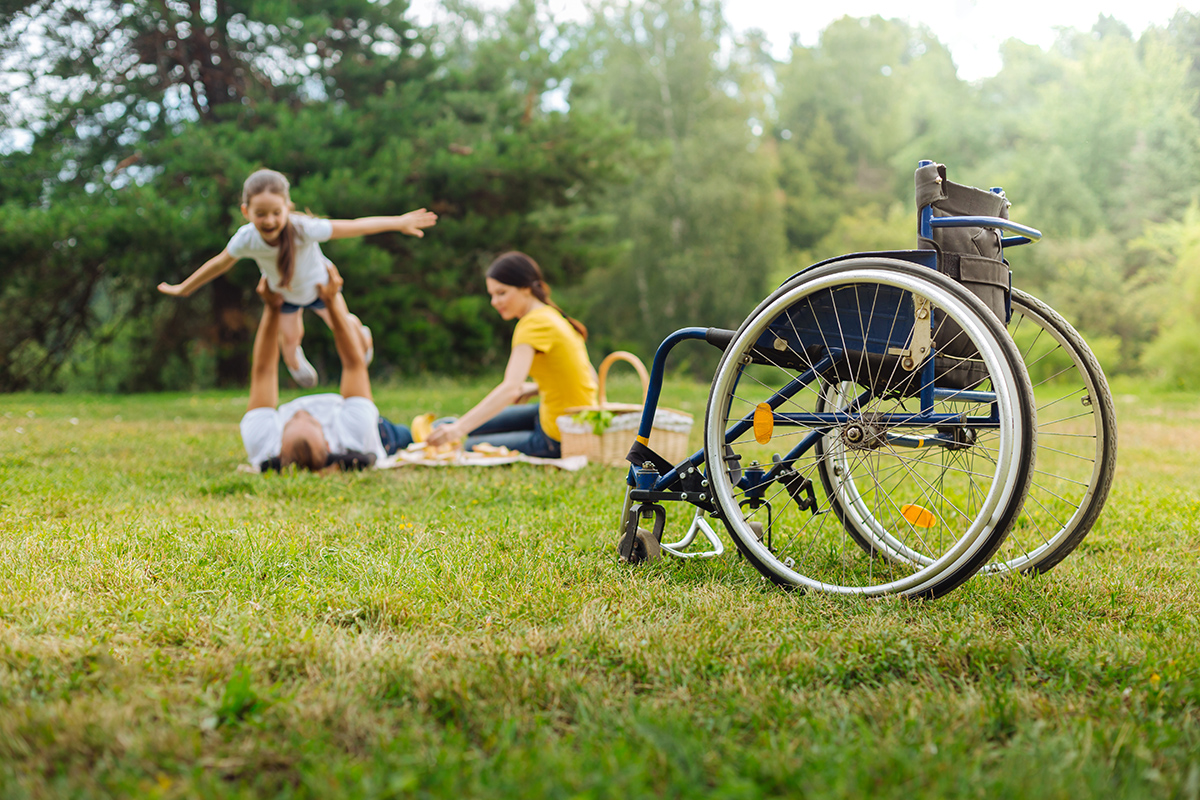Hakim CH, Wasala NB, Nelson CE, Wasala LP, Yue Y, Lounderman JA, Lessa TB, Dai A, Zhang K, Duan D. “AAV CRISPR Editing Resuces Cardiac and Muscle Function for 18 Months in Dystrophic Mice.” JCL Insight. 2018 Dec 6; 3(23). Fulltext: https://insight.jci.org/articles/view/124297
Back
Understanding AHC
Back
For Families

Apply for a Family Grant Here!
Back
For Professionals
Back
Resources & Research
Back
Get Involved
Back
About the Foundation
Back
Donate


